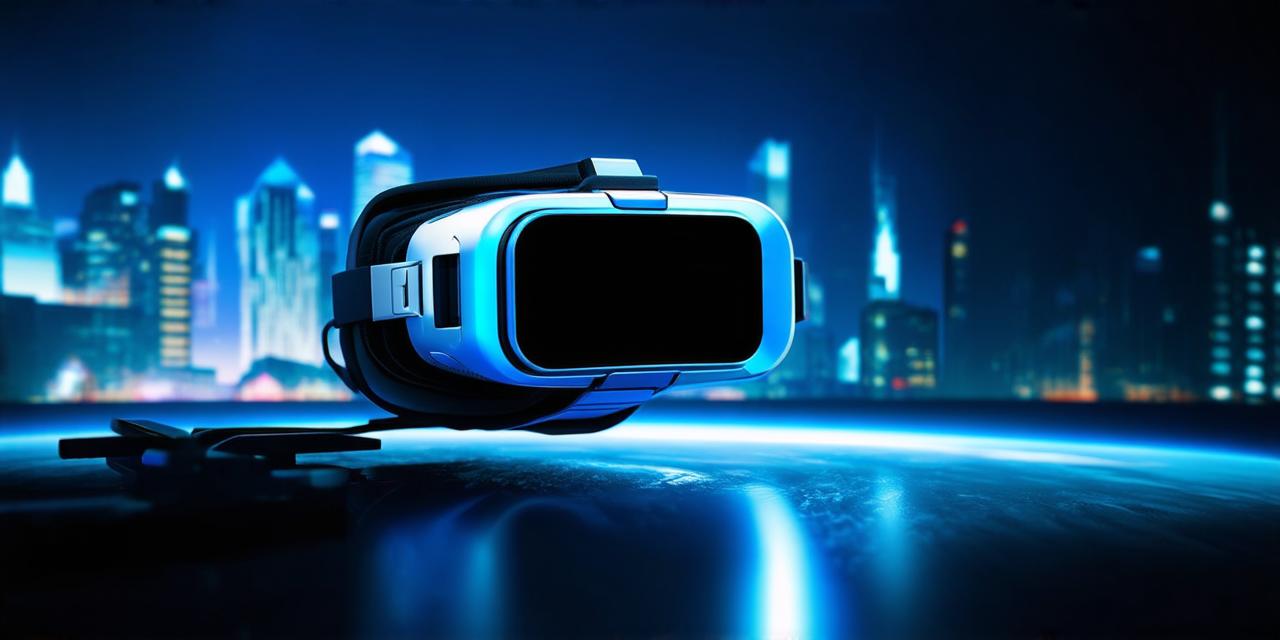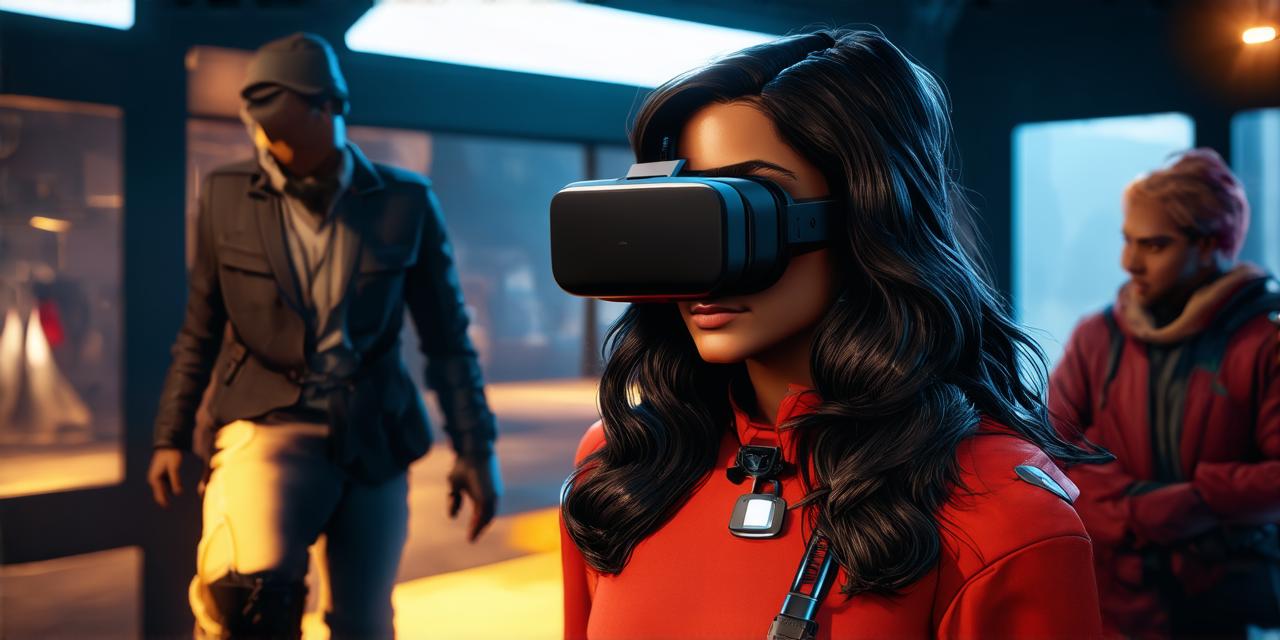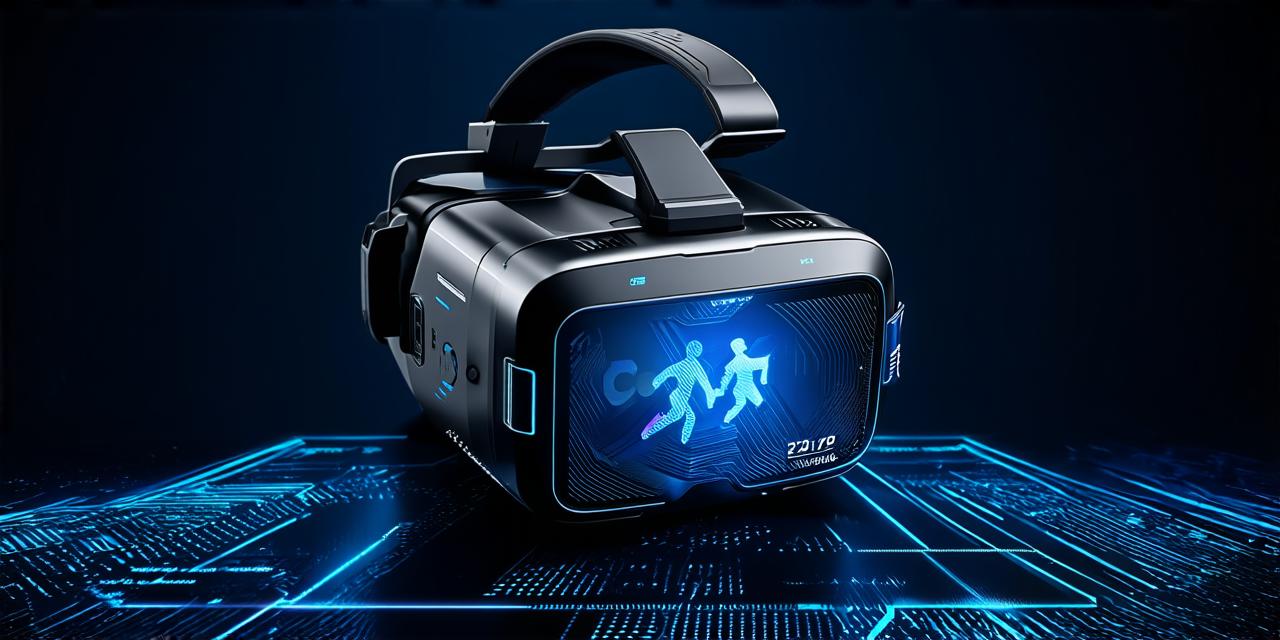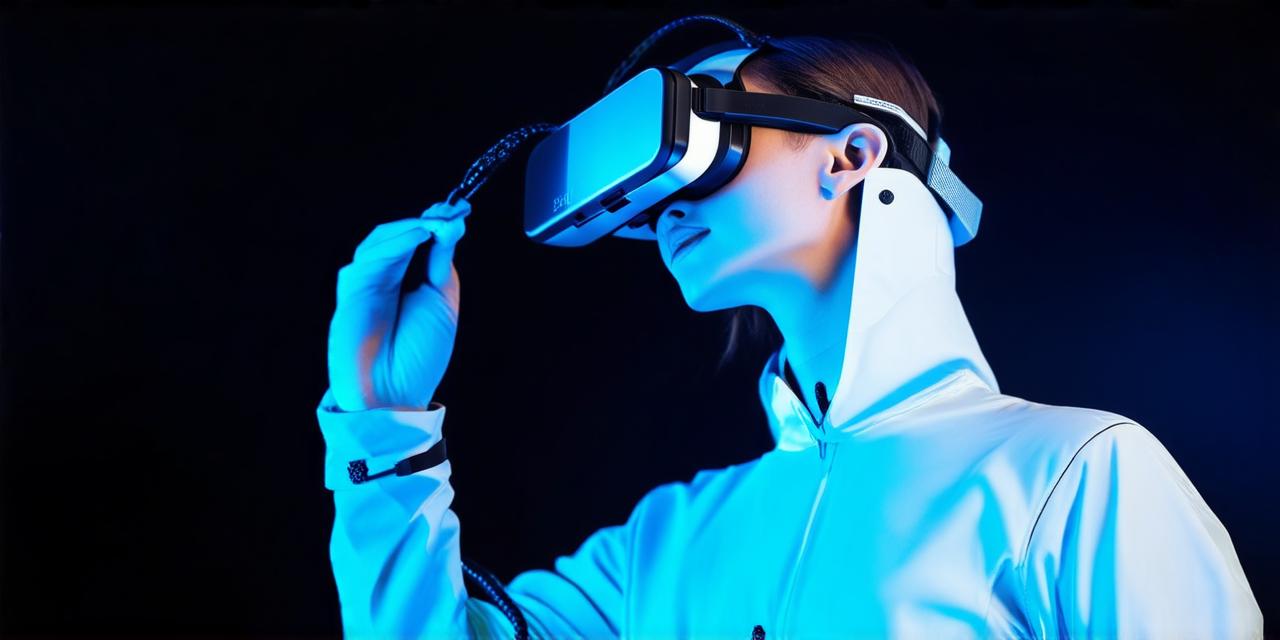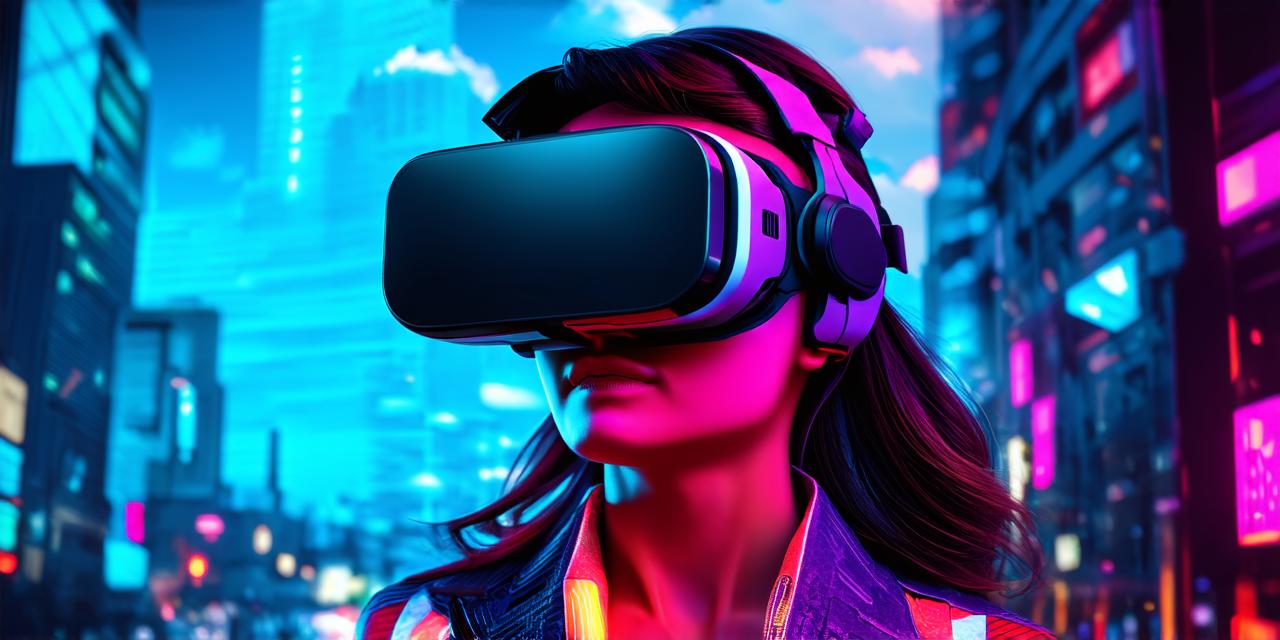Introduction
Virtual reality (VR) has been around for several years, but its potential is only beginning to be realized. The COVID-19 pandemic accelerated the adoption of VR as a tool for remote collaboration, training, and entertainment. However, the future of VR is still uncertain.

The Rise of Virtual Reality
Virtual reality has come a long way since its inception. In the early days, VR was expensive, bulky, and difficult to use. Today, VR is becoming more affordable, accessible, and user-friendly. The rise of smartphones, advancements in display technology, and increased connectivity have all contributed to this shift.
One area where VR has shown significant promise is in the field of entertainment. Virtual reality can provide a fully immersive experience that allows users to feel like they are a part of the action. This has led to the development of VR games and experiences that are more engaging and interactive than traditional media.
Virtual reality has also found applications in other areas, such as training and education. By providing a realistic simulation of real-world scenarios, VR can help users develop skills in a safe and controlled environment. This has led to the use of VR in fields such as medicine, aviation, and military training.
The Emergence of Augmented Reality
While virtual reality focuses on creating fully immersive experiences, augmented reality (AR) takes a different approach. AR overlays digital information onto the real world, allowing users to see and interact with virtual objects in their environment.
AR has found applications in fields such as advertising, marketing, and retail. By providing customers with a more interactive and engaging shopping experience, AR can help businesses increase sales and build brand loyalty.
In addition, AR has also found applications in education and training. By overlaying digital information onto real-world objects, AR can help users learn and retain information more effectively. This has led to the use of AR in fields such as engineering, architecture, and design.
The Future of Virtual Reality
Despite the current popularity of VR, it is still a relatively niche market. However, the potential for VR is enormous. As technology continues to advance, we can expect VR to become more affordable, accessible, and user-friendly. This will lead to increased adoption in various industries, including entertainment, training, and education.
One area where VR has significant potential is in the field of healthcare. By providing a realistic simulation of medical procedures, VR can help doctors and nurses develop skills in a safe and controlled environment. This can lead to improved patient outcomes and reduced healthcare costs.
Another area where VR has the potential to make a significant impact is in the field of tourism. By allowing users to experience travel destinations virtually, VR can help people explore new places without having to leave their homes. This can be particularly useful for individuals who are unable to travel due to financial or physical limitations.
The Role of AR Developers
As the adoption of VR and AR continues to grow, there is a significant opportunity for AR developers to create engaging and immersive experiences that resonate with users. By leveraging the latest technologies, such as machine learning and artificial intelligence, AR developers can create more personalized and interactive experiences that meet the needs of individual users.
In addition, AR developers can also collaborate with other stakeholders, such as content creators and industry experts, to create more effective and impactful experiences. By working together, AR developers can create solutions that solve real-world problems and improve people’s lives.
Summary
The future of virtual reality is still uncertain, but its potential is enormous. As technology continues to advance, we can expect VR to become more affordable, accessible, and user-friendly. This will lead to increased adoption in various industries, including entertainment, training, and education.
AR developers have a significant role to play in this transformation by creating engaging and immersive experiences that resonate with users. By leveraging the latest technologies and collaborating with other stakeholders, AR developers can create solutions that solve real-world problems and improve people’s lives.
FAQs:
1. What will be the primary driver of growth in the VR market?
The primary driver of growth in the VR market is expected to be the increasing adoption of VR in various industries, including entertainment, training, and education. Advancements in technology, such as improved display technology and increased connectivity, are also contributing to this shift.
2. How will AR impact the VR market?
AR has the potential to complement VR by providing a more interactive and engaging experience that overlays digital information onto the real world. This can lead to increased adoption of VR in various industries and create new opportunities for AR developers to create innovative solutions.
3. What are the challenges facing the VR industry?
One of the main challenges facing the VR industry is the high cost of equipment, which limits its accessibility to a wider audience. In addition, the lack of standardization in VR technology and content can make it difficult for developers to create cross-platform experiences.
4. How will the COVID-19 pandemic impact the VR market?
The COVID-19 pandemic has accelerated the adoption of VR as a tool for remote collaboration, training, and entertainment. This trend is expected to continue in the coming years, particularly as people continue to work and learn remotely.
5. What are some potential applications of VR in healthcare?
By providing a realistic simulation of medical procedures, VR can help doctors and nurses develop skills in a safe and controlled environment. This can lead to improved patient outcomes and reduced healthcare costs.
